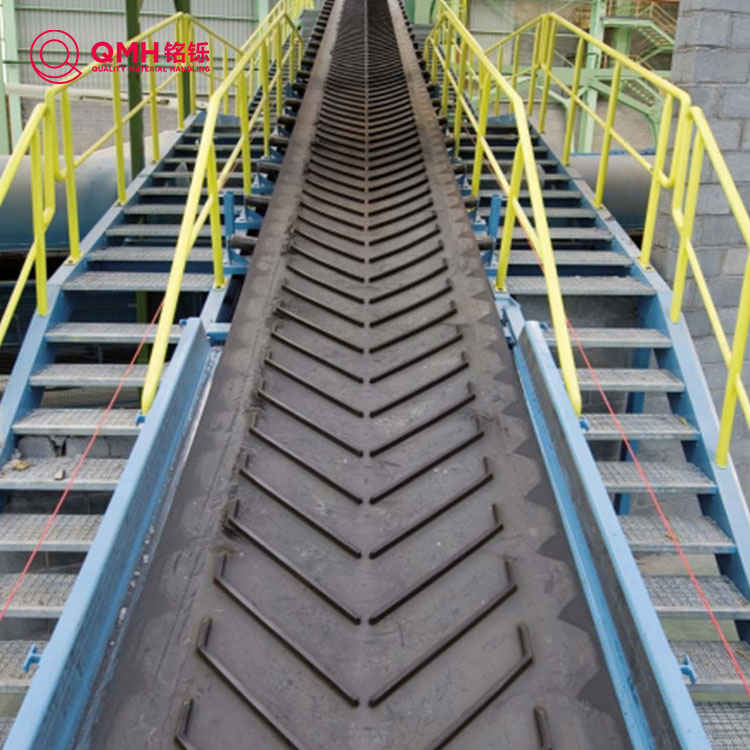How Conveyor Belts Keep the World Moving
2025-04-23
Introduction:
Ever wondered how your online orders, groceries, or even minerals from the earth reach their destination? The unsung hero behind many of these processes is the conveyor belt—a simple yet powerful innovation that revolutionized material handling across industries.

1. The Basics of Conveyor Belts
Conveyor belts are systems made up of pulleys and a moving belt, designed to transport items from one place to another. They're found everywhere: from warehouses and airports to factories and mines.
2. Different Types of Conveyor Belts
- Flat Belt Conveyors: Great for manufacturing and assembly lines.
- Modular Belt Conveyors: Ideal for food and beverage industries due to easy cleaning.
- Cleated Conveyors: Used for moving items up and down inclines.
- Magnetic Conveyors: Handle ferrous materials in recycling or metalworking plants.
3. Industries That Rely on Conveyor Belts
- Logistics & Warehousing: For efficient parcel handling.
- Mining & Quarrying: To move tons of raw material.
- Food Processing: For safe, sanitary transport of goods.
- Airports: Think luggage carousels and security conveyors.
4. Why Conveyor Belts Matter
They boost efficiency, reduce manual labor, and enhance safety. They're also key in helping businesses scale operations while maintaining consistent output.
Conclusion:
From factory floors to baggage claims, conveyor belts are the quiet force behind the world’s most dynamic industries. Without them, modern supply chains wouldn’t be possible.

